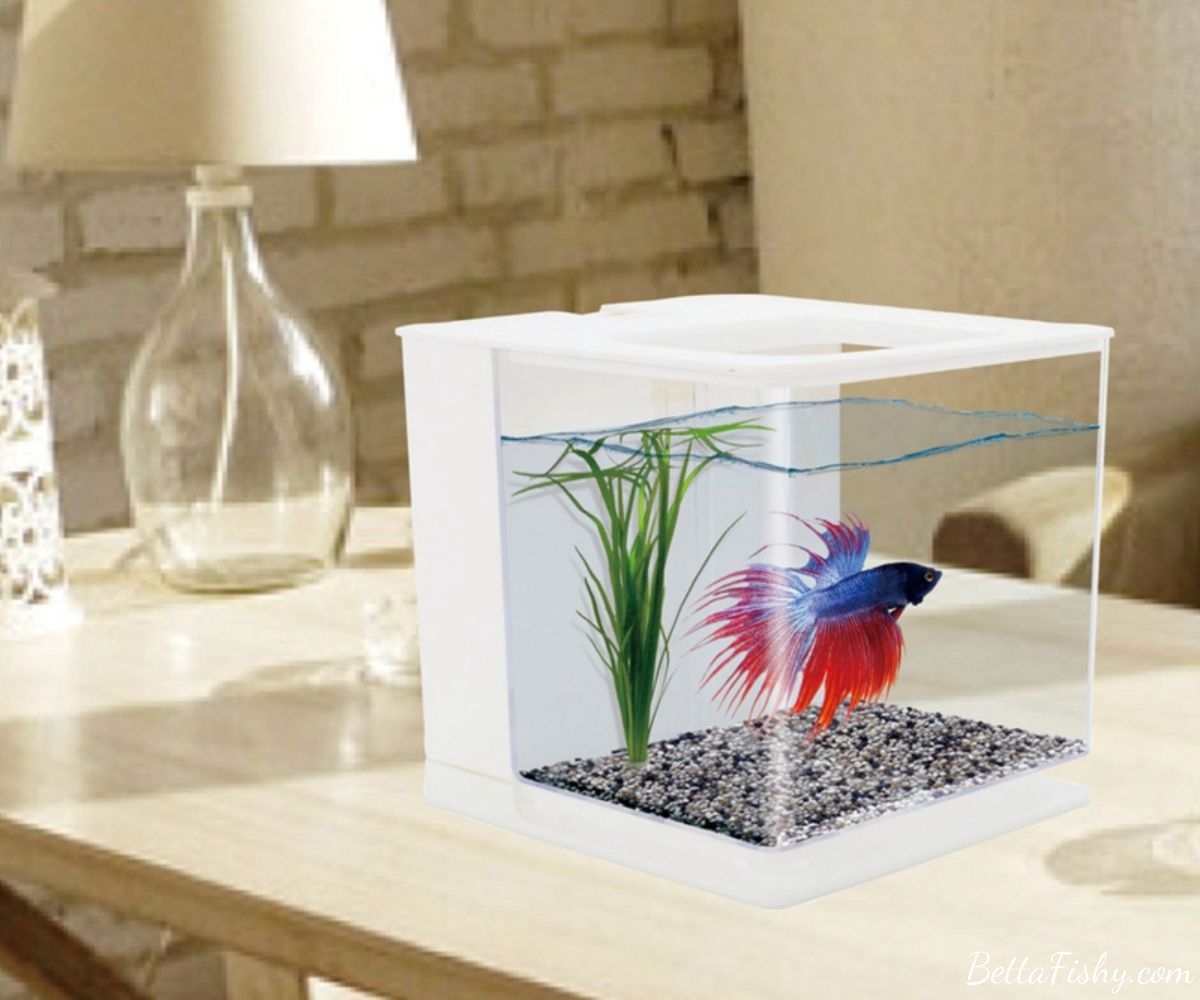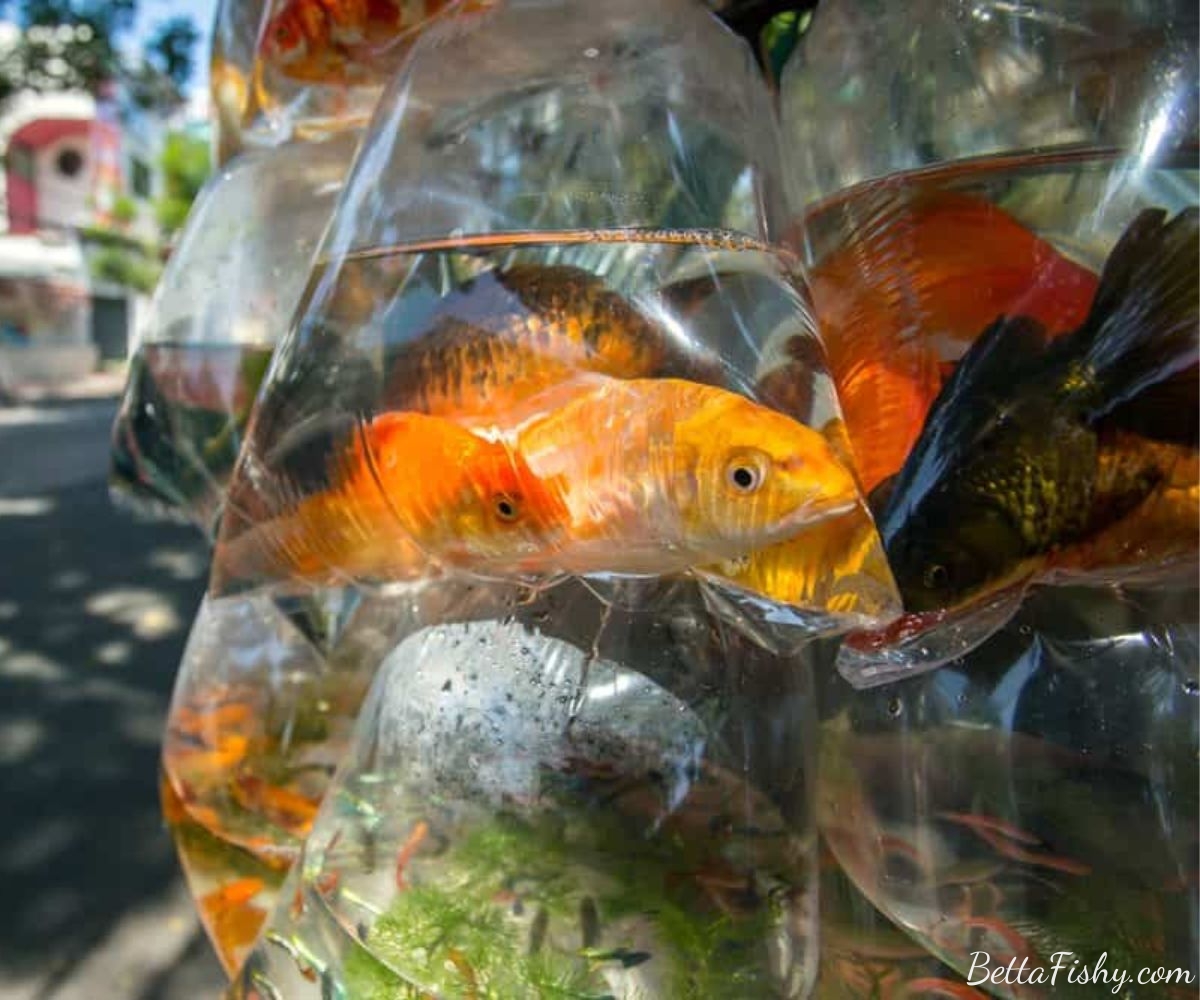Betta fish, also known as Siamese fighting fish, have become popular pets among aquarium enthusiasts due to their vibrant colors and captivating personalities. These beautiful creatures require special care and attention, especially when it comes to transporting them from one place to another. Whether you are moving to a new home or taking your betta fish on a trip, it is crucial to ensure their safety and well-being during the journey. In this comprehensive guide, we will provide expert tips on how to transport a betta fish safely, whether it’s a short trip across town or a longer cross-country journey.
I. What Has to Be Done in Advance of Transporting Betta Fish?

Transporting your betta fish in the right container is crucial to their safety and comfort during the journey. Here are some essential tips to keep in mind when selecting a container for your betta fish:
Selecting the Appropriate Container
When it comes to choosing a container for your betta fish, there are a few things to consider. First, make sure the container is made of durable, non-toxic materials such as plastic or glass. Avoid using metal containers as they can be harmful to your fish. Next, choose a size that allows your betta fish to move comfortably without being cramped. A good rule of thumb is to have at least one gallon of water per inch of fish. Lastly, ensure that the container has a secure, tightly fitting lid to prevent spills and leakage during transport.
Preparing the Water
Before filling the container with water, make sure it is clean and free from any residue or chemicals. It is essential to use dechlorinated water to avoid harming your betta fish. You can use a water conditioner to remove harmful substances like chlorine and chloramine from tap water. Additionally, match the water temperature in the container to the temperature of your betta fish’s current environment. Sudden changes in temperature can cause stress and even shock to your fish. Lastly, adding a small amount of aquarium salt to the water can help reduce stress and promote a healthy environment for your betta fish.
Packing Essentials
Apart from the container and water, there are a few essential items you should pack when transporting a betta fish. These include a small filter or air stone to maintain water quality during transport. This will help keep the water oxygenated and prevent any build-up of toxins. If you are traveling during colder months or to areas with cool climates, it is crucial to pack a heater to maintain a stable temperature for your betta fish.
II. Notes on How to Move a Betta Fish

Once you have prepped your betta fish for travel, it is time to hit the road. Here are some tips to keep in mind during the journey to ensure your fish’s safety and well-being:
Controls the Fish’s Ambient Temperature
Maintaining a stable temperature is crucial when transporting betta fish. Fluctuations in temperature can cause stress and even lead to health issues for your fish. If you are traveling with betta fish during the colder months, make sure to wrap the container with a towel or blanket to keep the temperature stable. You can also use hand warmers or heat packs to maintain a warm environment for your betta fish. On the other hand, if you are traveling during hot weather, make sure to keep the container away from direct sunlight and use a cooler or ice pack to keep the temperature cool.
Reduce Stressors on Fish
Transporting Betta fish can be a stressful experience for them, so it is essential to minimize any additional stressors during the journey. Avoid loud noises and vibrations, as they can startle your fish and cause them to become agitated. Keep the container in a secure place where it won’t be jostled around. If you are traveling by car, make sure to secure the container in a seatbelt or place it in a stable position in the car. You can also cover the container with a towel or blanket to reduce any visual stressors.
III. How to Put a Betta Fish in a New Tank Upon Arrival?
Once you have reached your destination, it is crucial to acclimate your betta fish to their new environment. Here are some steps to follow:
Find Ways to Acclimate Betta to New Water Habitats
Before releasing your betta fish into their new home, it is essential to acclimate Betta to the water conditions. This process involves gradually introducing your fish to the new water parameters to avoid shock and stress. Start by adding small amounts of the new water to the container every 15 minutes for an hour. This will allow your fish to adjust to the new water temperature and chemistry slowly. After an hour, you can release your betta fish into their new home.
Setting Up the New Environment
It is crucial to set up the new environment for your betta fish before releasing them from their temporary container. Make sure the tank is clean and free from any harmful substances. Fill the tank with dechlorinated water and match the temperature to the water in the temporary container. You can also add some aquarium salt to promote a healthy environment for your betta fish. Once the tank is ready, carefully release your fish into their new home.
IV. How to Transport a Betta Fish Long Distance?

If you are planning to transport a betta fish over a long distance, there are a few additional tips to keep in mind:
- Plan your route carefully to avoid any unnecessary delays or detours.
- Make sure to pack enough food for your betta fish, especially if the journey will take more than a day.
- Consider using a battery-operated air pump to maintain water oxygenation during long trips.
- If you are traveling by air, make sure to check with the airline’s policies regarding whether you can take a fish on an airplane. Some airlines may require special permits or have specific guidelines for transporting fish.
Conclusion
Transporting your betta fish can be a stressful experience for both you and your fish. However, by following these expert tips, you can ensure a safe and comfortable journey for your beloved pet. Remember to choose the right container, prepare the water properly, and pack essential items for the trip. During the journey, maintain a stable temperature and minimize stressors for your fish. And upon arrival, acclimate your betta fish to their new environment before releasing them into their new home. With proper preparation and care, you can safely transport your betta fish and enjoy many more adventures together.


